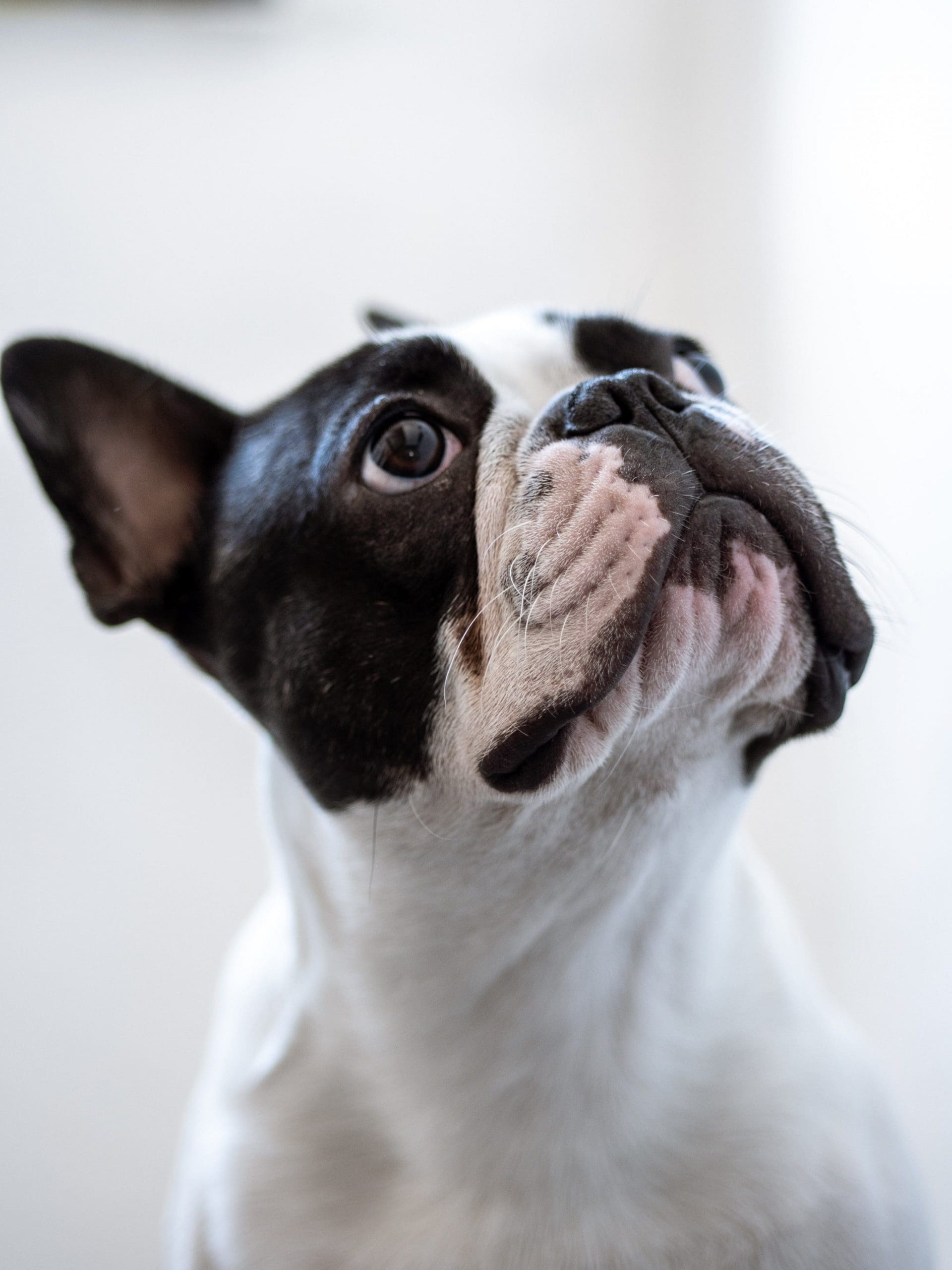Many dog owners often question the safety of various foods for their pets, and garlic is a common concern. While this seasoning is popular among humans, it can pose significant health risks for dogs. Understanding the toxicity of garlic and its potential effects is essential for responsible pet ownership.
Garlic is part of the allium family, which includes onions, leeks, and chives. These foods contain compounds that can be harmful to dogs. Unlike humans, dogs lack certain enzymes needed to break down these compounds, making them more vulnerable to toxic effects. The primary toxic compound in garlic is thiosulfate, which can damage a dog’s red blood cells and lead to hemolytic anemia.
Even small amounts of garlic can be detrimental to dogs, as toxicity can accumulate over time. A general guideline suggests that garlic becomes toxic at doses of about 15 to 30 grams per kilogram of body weight. This means a small dog could become ill after consuming just a few cloves, while larger dogs might tolerate slightly more. However, individual reactions can vary significantly based on size, health status, and overall diet.
Symptoms of garlic toxicity may take time to manifest, complicating the situation for pet owners. Signs typically appear within a few days of ingestion and can include vomiting, diarrhea, abdominal pain, weakness, and lethargy. As the condition worsens, symptoms may escalate to pale gums, increased heart rate, and even fainting. Monitoring your dog closely after suspected garlic ingestion is crucial.
If a dog consumes garlic, calmly assess the situation. If you know the amount ingested is potentially harmful, contact a veterinarian immediately. They can advise on the appropriate course of action, which may involve inducing vomiting or administering activated charcoal to limit toxin absorption. Never attempt to make your dog vomit without professional guidance, as this could lead to further complications.
Awareness of garlic’s many forms is essential, as it can be found in products like garlic powder, garlic salt, and even some processed dog foods. Always read labels carefully and avoid any foods that list garlic as an ingredient. Small amounts can lead to significant health issues over time, so erring on the side of caution is wise.
Some dog owners may question why garlic is harmful when it is often praised for its health benefits in humans. While garlic does have antimicrobial and anti-inflammatory properties for people, these benefits do not apply to dogs. Their metabolic processes differ significantly, and what is safe for humans can be toxic for dogs. Consulting with a veterinarian before adding new foods to your dog’s diet is prudent.
Dogs with pre-existing health conditions, such as anemia or those that are pregnant, are at greater risk from garlic’s effects. For these dogs, avoiding garlic altogether is critical, as even small amounts can worsen existing health issues and lead to severe complications.
Education plays a vital role in preventing garlic poisoning in dogs. By recognizing the risks associated with garlic and being aware of the signs of toxicity, dog owners can take proactive steps to ensure their pets’ safety. If garlic ingestion occurs, vigilance regarding symptoms and timely veterinary care can significantly impact the outcome.
Numerous other foods can also be harmful to dogs, including grapes, raisins, chocolate, and certain nuts. Familiarizing yourself with these foods and their potential risks can help create a safe environment for your pet.
Maintaining a pet-friendly home involves being mindful of food accessibility for your dog. Keeping human food out of reach and informing family members and guests about the dangers of sharing table scraps can prevent accidental ingestion of harmful foods. Discussing food safety with children can also help ensure they understand what is appropriate for pets.
Focusing on high-quality dog food that meets your dog’s nutritional needs is essential. Many brands offer specialized formulas that cater to specific health requirements, such as weight management or skin sensitivities. Consulting a veterinarian can help select the best diet for your dog, ensuring they receive necessary nutrients without the risks posed by human food.
If you enjoy cooking for your dog or wish to include fresh ingredients, consider safe alternatives to garlic. Herbs like parsley, basil, and rosemary can enhance your dog’s meals without the associated toxic effects. Always research new ingredients before adding them to your dog’s diet and consult with a veterinarian if concerns arise.
Being alert to the signs of garlic toxicity is crucial for every dog owner. If you notice any unusual behaviors, such as excessive drooling, difficulty breathing, or changes in appetite, consult your veterinarian promptly. Early intervention can lead to better outcomes and a faster recovery.
Regular veterinary check-ups are vital for monitoring your dog’s health and identifying potential issues early. Routine blood tests can detect underlying conditions, including anemia that may result from garlic consumption or other dietary indiscretions. Keeping your dog’s health in check contributes to a longer, happier life.
Understanding the toxicity of garlic and recognizing the signs of poisoning empowers dog owners. By prioritizing your dog’s safety, educating yourself about potential dangers, and seeking veterinary care when necessary, you can create an environment that supports your pet’s well-being.
When in doubt about food safety for your dog, sticking with dog-specific treats and foods is the best policy. Your dog relies on you to keep them safe and healthy, making informed choices essential for their well-being. By staying vigilant and proactive, you can help ensure your furry friend enjoys a long and healthy life, free from the dangers associated with toxic foods like garlic.



